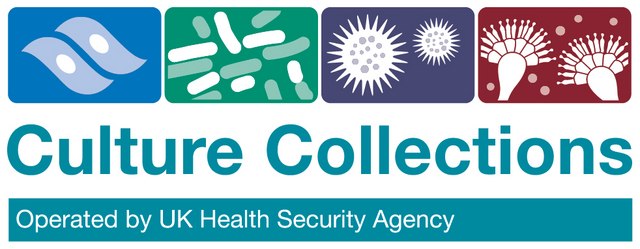Recommended Products
Product Name
P4E6 cell line,
biological source
human prostate
Quality Level
growth mode
Not specified
karyotype
Not specified
morphology
Epithelial
products
Stains positive for pancytokeratin, cytokeratin 8, vimentin (weak) and chromogranin A. Prostate markers expressed include prostate specific antigen (PSA) prostate specific membrane antigen (PSMA), negative for expression of androgen receptor (AR).
receptors
Not specified
technique(s)
cell culture | mammalian: suitable
relevant disease(s)
cancer
Cell Line Origin
DNA Profile
Amelogenin: X
CSF1PO: 12
D13S317: 11
D16S539: 11
D5S818: 12
D7S820: 7,8
THO1: 7,9.3
TPOX: 8
vWA: 17,19
Culture Medium
Subculture Routine
Other Notes
Disclaimer
Storage Class Code
10 - Combustible liquids
WGK
WGK 3
Flash Point(F)
Not applicable
Flash Point(C)
Not applicable
Regulatory Information
Choose from one of the most recent versions:
Certificates of Analysis (COA)
It looks like we've run into a problem, but you can still download Certificates of Analysis from our Documents section.
If you need assistance, please contact Customer Support.
Already Own This Product?
Find documentation for the products that you have recently purchased in the Document Library.
Our team of scientists has experience in all areas of research including Life Science, Material Science, Chemical Synthesis, Chromatography, Analytical and many others.
Contact Technical Service